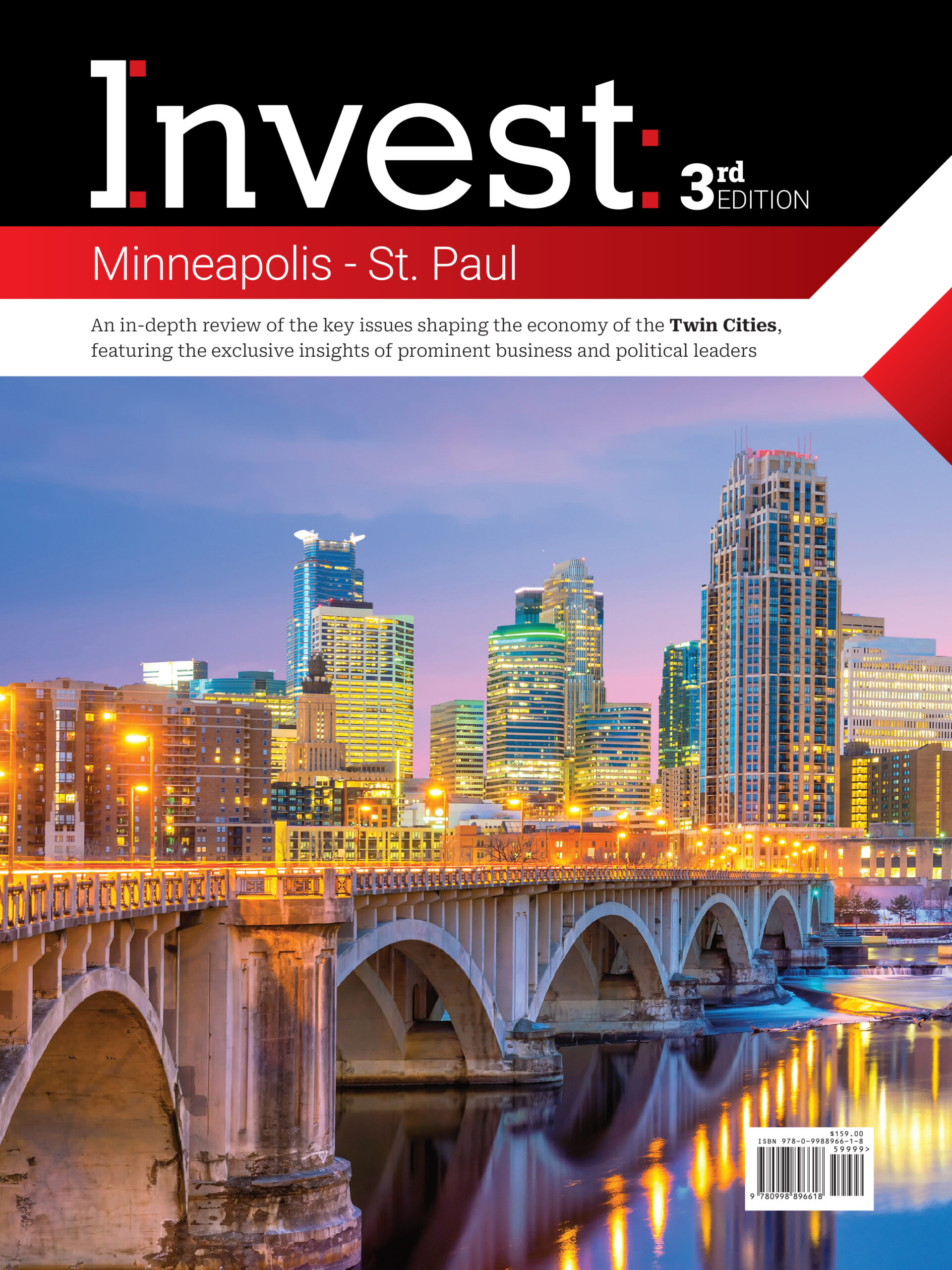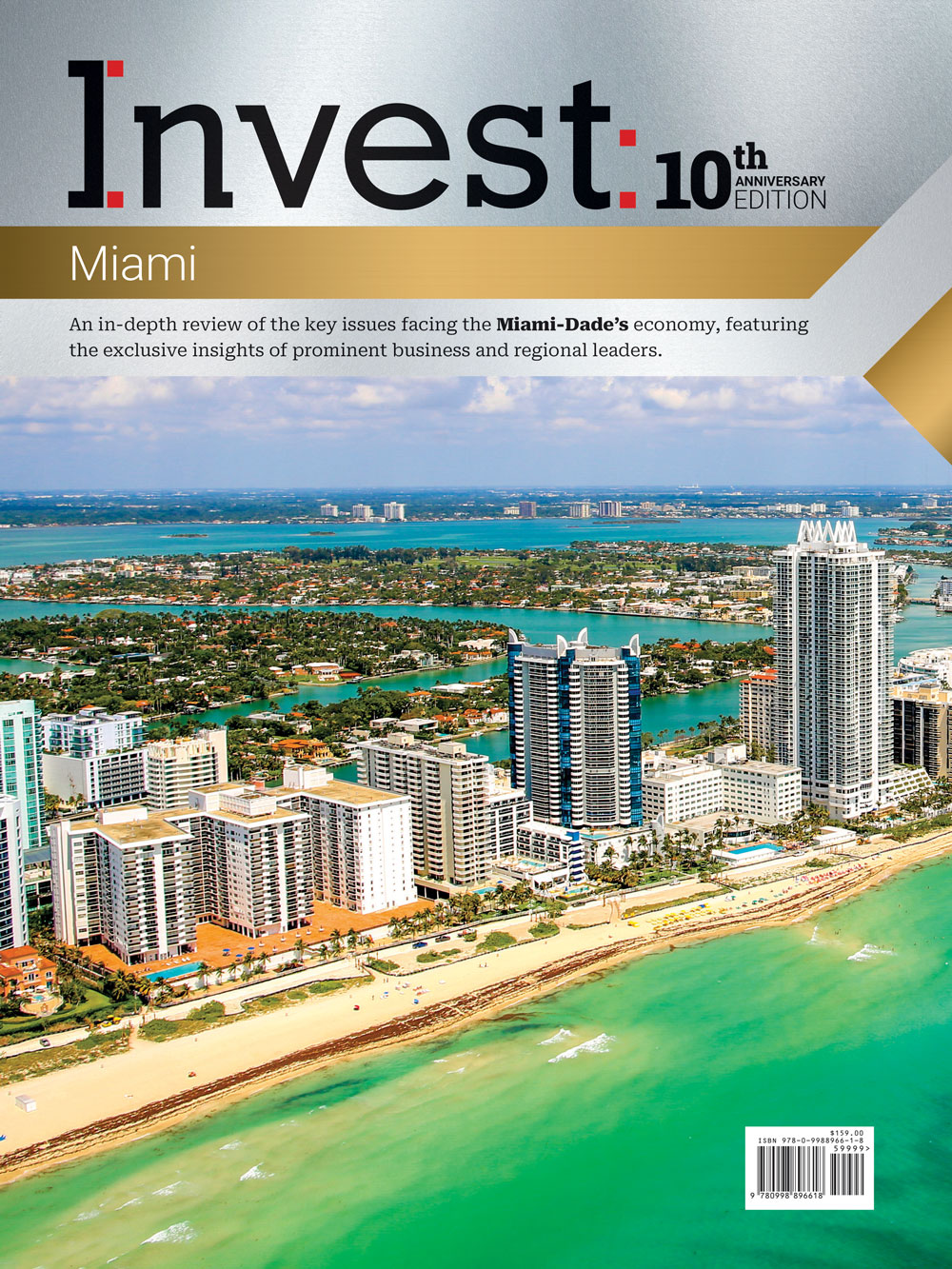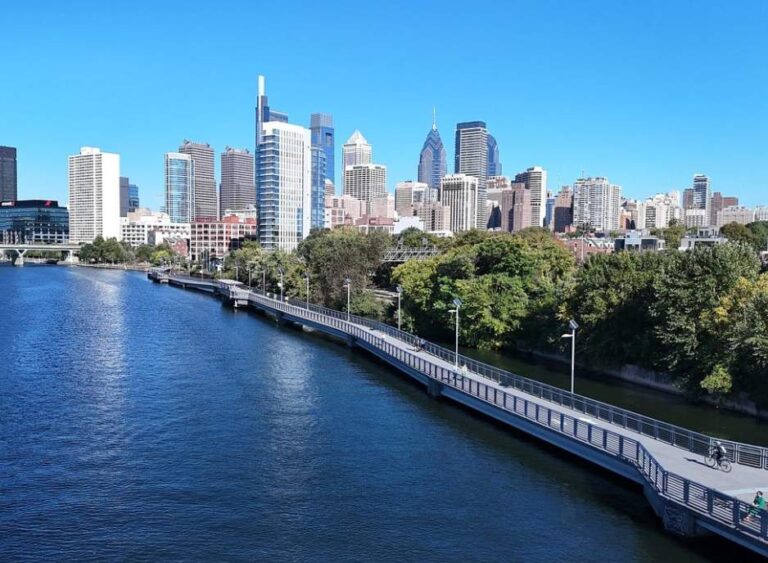Broward’s green economy and resiliency efforts get federal boost
[fusion_builder_container type=”flex” hundred_percent=”no” equal_height_columns=”no” menu_anchor=”” hide_on_mobile=”small-visibility,medium-visibility,large-visibility” class=”” id=”” background_color=”” background_image=”” background_position=”center center” background_repeat=”no-repeat” fade=”no” background_parallax=”none” parallax_speed=”0.3″ video_mp4=”” video_webm=”” video_ogv=”” video_url=”” video_aspect_ratio=”16:9″ video_loop=”yes” video_mute=”yes” overlay_color=”” video_preview_image=”” border_color=”” border_style=”solid” padding_top=”” padding_bottom=”” padding_left=”” padding_right=””][fusion_builder_row][fusion_builder_column type=”1_1″ layout=”1_1″ background_position=”left top” background_color=”” border_color=”” border_style=”solid” border_position=”all” spacing=”yes” background_image=”” background_repeat=”no-repeat” padding_top=”” padding_right=”” padding_bottom=”” padding_left=”” margin_top=”0px” margin_bottom=”0px” class=”” id=”” animation_type=”” animation_speed=”0.3″ animation_direction=”left” hide_on_mobile=”small-visibility,medium-visibility,large-visibility” center_content=”no” last=”true” min_height=”” hover_type=”none” link=”” border_sizes_top=”” border_sizes_bottom=”” border_sizes_left=”” border_sizes_right=”” first=”true”][fusion_text]
Writer: Esteban Pages
 November 2023 — Broward County’s efforts to secure a resilient, clean energy future have not gone unnoticed, as it recently earned a federal designation poised to funnel millions of dollars of additional investments into the region.
November 2023 — Broward County’s efforts to secure a resilient, clean energy future have not gone unnoticed, as it recently earned a federal designation poised to funnel millions of dollars of additional investments into the region.
The U.S. Department of Commerce’s Economic Development Administration labeled 31 locations as climate resilience technology hubs, including South Florida, in a press release on Oct. 23. Climate tech encompasses technologies that reduce greenhouse gas emissions and address the impacts of climate change. Flooding and extreme heat solutions, renewable energy storage, electric vehicles (EVs), energy efficient systems, carbon capture and low-carbon manufacturing are but a few examples.
The South Florida Climate Resilience Tech Hub was the official recipient of the federal designation. Led by the Miami-Dade County Innovation and Economic Development Office, the consortium has Miami-Dade, Monroe, Broward and Palm Beach working together to reach global leadership standing in the development of sustainable and resilient infrastructure (SRI) solutions to tackle the global climate crisis. Each tech hub is eligible to apply for implementation funding ranging from $40 million to $70 million.
The designation is a testament to Broward’s long-standing work toward resiliency and growing its green economy. Broward developed a Climate Action Plan as early as 2010. Updated every five years, the plan acts as a roadmap keeping pace with local opportunities to achieve a greenhouse gas (GHG) emission reduction of 80% by 2050 and increase climate resilience.
The Broward County Resilience Dashboard is a direct byproduct of such a plan. The dashboard counts 112 active adaptation projects and six salinity control structures. On the renewable energy side, the county boasts 132MW of solar installed capacity as part of the FPL’s offsets commitment, as well as 109 EV charging stations readily available. Broward’s Metropolitan Planning Organization (MPO) has also made a deliberate effort to incorporate resiliency into its planning, as showcased by its innovative transportation resiliency framework. Climate preparedness is front and center within project planning, design and construction as laid out in the framework, which also identified Broward’s corridors most vulnerable to sea level rise and storm surge, using Hollywood Boulevard as a prototype for the framework’s application.
Another aspect that stands out about Broward’s approach to resiliency is the role played by the Museum of Discovery and Science (MODS). “When I moved into town five years ago, I was so impressed that the community was already having the conversation around resilience. The alliance, the chamber, the universities, Broward County and Fort Lauderdale were all talking about it. Consequently, I quickly realized there was no central location where people could learn about what was happening in our community,” said Joe Cox, president and CEO of MODS in an interview with Invest:.
“We created this hub for resilience education to make a space and series of programs that would raise awareness. This is an exhibit that highlights the latest scientific concepts related to coastal resilience. It’s a great showcase for our universities’ research as well. People, particularly children, are inspired by the fact that we are living in a community where things are happening. Workforce development is big here, and we want kids to get involved because the county has a great opportunity to cultivate the resilience industry and we want to build that interest early. If we can come up with great projects that turn into businesses, people around the world will look at Broward as a leader in the resilience field. Ultimately, it’s about increasing environmental literacy so people can protect themselves and their community,” Cox added.
At the city level, Fort Lauderdale’s vulnerability to the effects of climate change prompted the identification of its most pressing challenges and how to tackle them: rising sea levels, hotter and longer seasons and storm intensity. In response, the city has created Adaptation Action Areas (AAAs), a stormwater master plan as well as both a seawall master plan and a tidal barrier ordinance. Further south, Hollywood is taking action on its beaches with a $7.8 million beach renourishment project. Led by the U.S. Army Corps of Engineers (USACE), the end goal is to reduce the inherent damages of tropical storms and hurricanes, all while restoring critical habitat for shorebird and marine turtle nesting.
The extreme rainfall and flooding of April 2023 are a reminder that much is yet to be done to consolidate Broward’s long-term resiliency. The damage left in the aftermath of the superstorm was such that Gov. Ron DeSantis requested a major disaster declaration be issued by the federal government to deploy assistance to the affected households. Fort Lauderdale, Dania Beach and Hollywood were all impacted and the Fort Lauderdale-Hollywood International Airport was shut down.
For more information, please visit:
https://techhubsouthflorida.org/
[/fusion_text][/fusion_builder_column][/fusion_builder_row][/fusion_builder_container]














